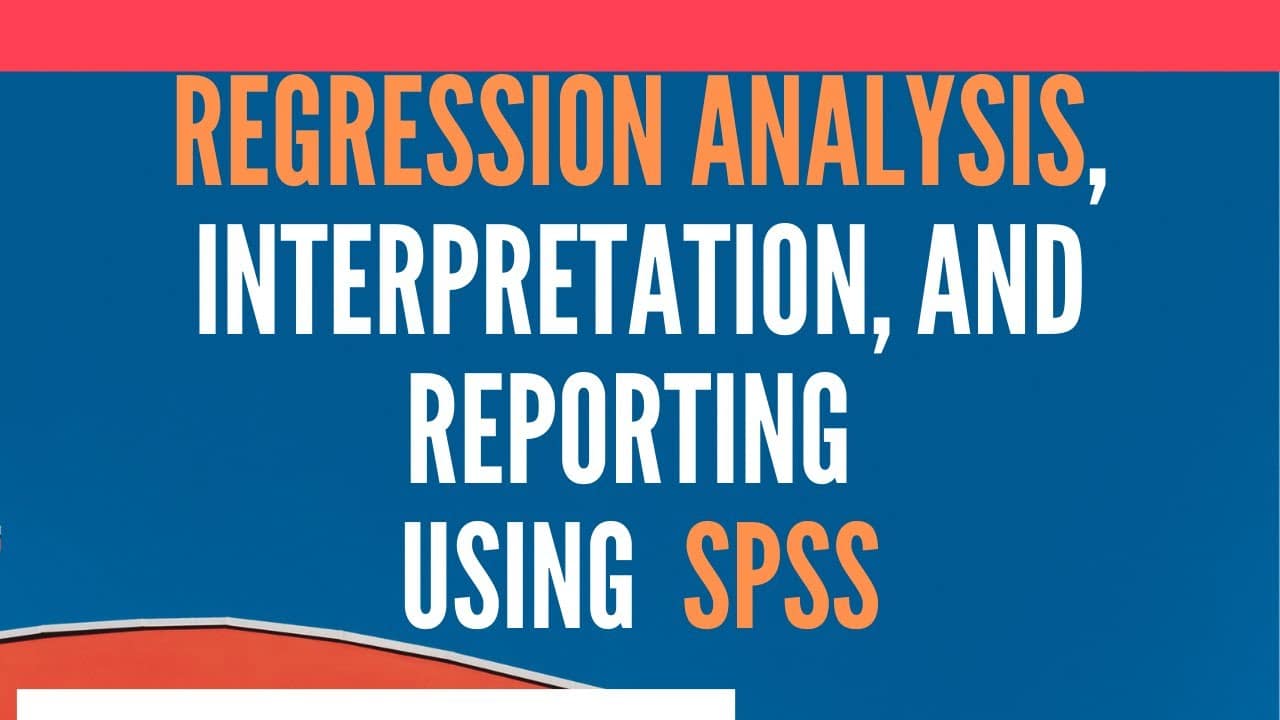The Concept of Regression Analysis using SPSS
Regression technique is used to assess the strength of a relationship between one dependent and independent variable(s). It helps in predicting value of a dependent variable from one or more independent variable. Regression analysis helps in predicting how much variance is being accounted in a single response (dependent variable) by a set of independent variables.
This session looks into two kinds of regression
- Bivariate Regression
- Multiple Regression
Bivariate regression is similar to bivariate correlation, because both are designed for situations in which there are just two variables. Multiple regression, however, was created for cases in which there are three or more variables. The different kinds of regression are like correlation, since they are utilized to evaluate the relationship among variables. This may make you think that regression is another way to measure correlation, however there are difference in correlation and regression in their purpose, labeling of variables and the kinds of inferential tests applied.
